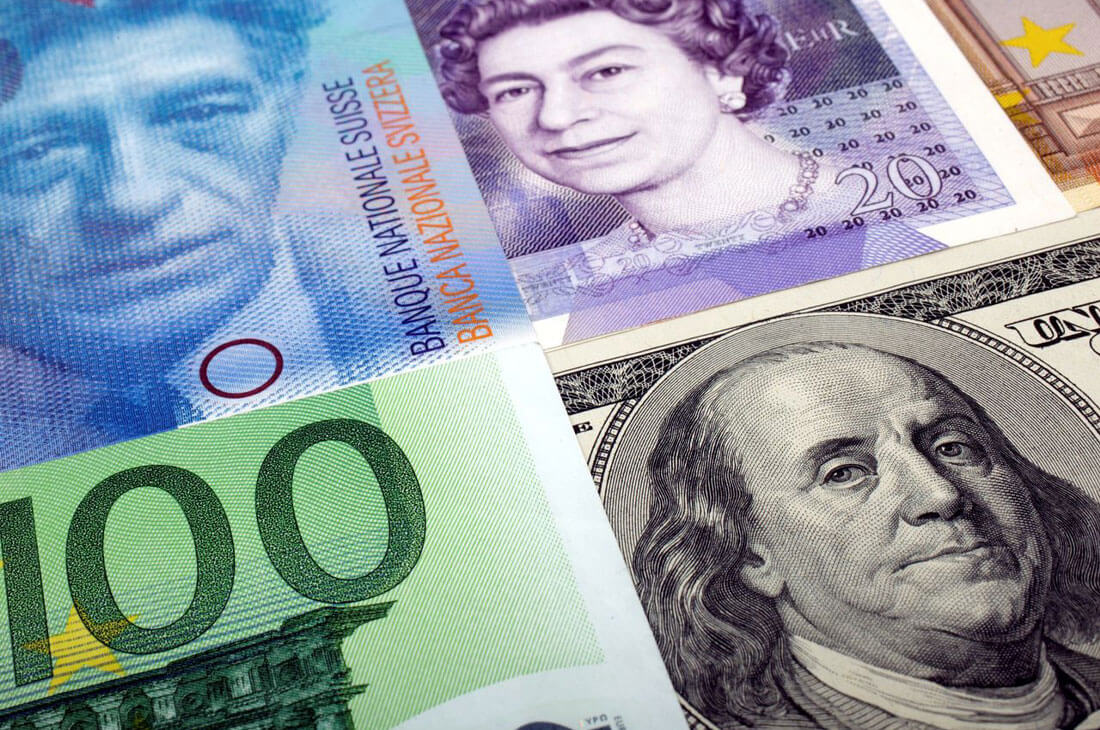The U.S. dollar tumbled down in Europe on Friday to agree on U.S. infrastructure spending increased trader’s appetite for riskier currencies. However, caution ahead of key U.S. inflation data kept market losses to a minimum. The riskier Antipodean currencies soared along with the Euro, climbing by 0.1% to $1.1943. Meanwhile, the Japanese yen jumped by almost the same margin to 110.77 per dollar.
Thanks to the small moves on the forex market, the greenback managed to retain its recent gains. During the last week, the currency skyrocketed in the wake of a surprise shift in the Federal Reserve policy outlook. The agency hinted at sooner-than-expected interest rate rises.
Investors are now waiting for inflation data, which is due later on Friday. The report will likely offer the latest indication of how much pressure the Fed officials are under to act. Furthermore, labor market figures are also due in a week. As a result, traders are unwilling to sell the greenback too hard just if it soars again soon.
According to economists, the core personal consumption expenditures index may post its fastest rise in almost three decades, with year-on-year gains of 3.4%.
Strategists at ING noted that they expect quite a large surge in the May PCE inflation data, a 3.9% rise in YoY headline, and 3.4% in – YoY core.
They also added that the bar might be high for a nasty surprise. That might also push the Fed into early tapering and tightening. However, if there is no surprise from this quarter, the dollar index will likely continue to consolidate.
Meanwhile, soothing comments from New York Federal Reserve Bank President John Williams, along with hopes for a huge U.S. infrastructure spending plan, supported the optimistic mood in financial markets, boosting riskier currencies.
How Did the Asian Currencies Fare?
The New Zealand dollar has climbed up to $0.7076, rising above its 200-day moving average. However, it remains lower from February highs above 74 cents. The Australian dollar also jumped by 0.2% to $0.7595.
The South Korean won hit its highest point in over a week. Furthermore, the Thai baht continued rising from a one-year low.
Khoon Goh, head of Asia research at ANZ, stated that many Asian currencies began to get into the oversold territory from a technical perspective, prompting exporters to sell greenbacks for local currencies.
According to Goh, the Federal Reserve turned more hawkish for a good reason – the U.S. economy is rebounding faster. However, so is the global economy. So, the dollar may slow down soon.










